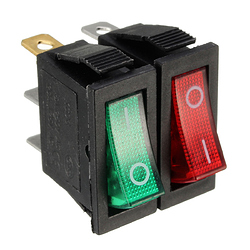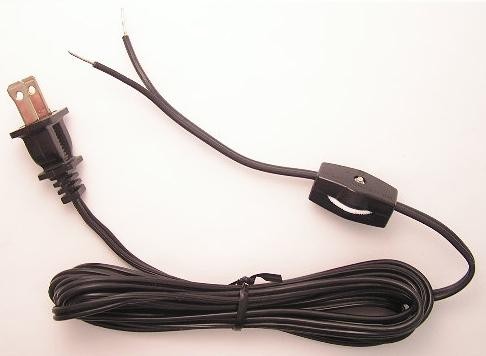Before you read this thread, I would ask you to answer this poll:
On your Headphone Amp, where should the power switch be?
- Don’t Care
- Front
- Back
0 voters
I am aware how order in which arguments are presented influences perception. For more info on Biases, click here.
Electronics Standpoint
Take the typical building blocks of an amplifier. You have a power supply, power filtering, input/gain stage, volume control, pre-amp stage and the output stage.
While you could put those into seperate boxes and task the user with figuring out a setup, most companies instead opt for an internal layout similar to this here:
From the above layout, it becomes pretty obvious why a power switch in the back is easy and clean to implement. The power comes in there anyway, so why run it to the front just for the switch?
I’d like to note at this point that input filtering, PSU and ouput filtering could be reversed from the above layout, so no need to run the power back to front and back again.
Usability Standpoint
As the components of most signal chain have controls in the front and connections in the back and may be situated in a component rack or under a computer monitor, forcing the user to reach behind the device to switch it off may be less desireable.
This issue is compounded for devices that can be rack-mounted in 19" racks. In those cases, the back may be impossible to reach due to back walls and longer devices blocking access.
Additional Notes
Layout Considerations
There are electrical components that can be left in circuit (= connected to power) without any concern, like fuses and ferrite cores. In the UK for example, every socket has to have an appropriately sized fuse for the device it connets to the power grid. Those fuses are connected to power constantly. The danger with so called live fuse sockets is the shock hazard.
“Computers have Power Switches in the Front”
Except for some very old or specialised machines, they actually do not. The “Power Button” in the front (and on most laptops) works purely through software. It tells the BIOS and from there the PSU to start up.
The true power switch of computers is located on the PSU next to the power input.
Mechanical Extensions
Instead of running wires/cables/traces to the front, it is possible to run mechanical links to the front. Some high-end Amplifiers have their volume pots situated where they fit best electrically and then run axels to the front panel. Just like industrial cut-off switches run physically seperate the operator from the switch contact, this could be done for devices like headphone amps.
With these arguments presented, I pose the initial question again:
On your headphone amplifier, where should the power switch be located?
- Don’t Care
- Front
- Back
0 voters
Did you change your opinion after reading through this thread?
- Yes
- No
0 voters
Opinions and Arguments for powerswitch placement welcome! 



